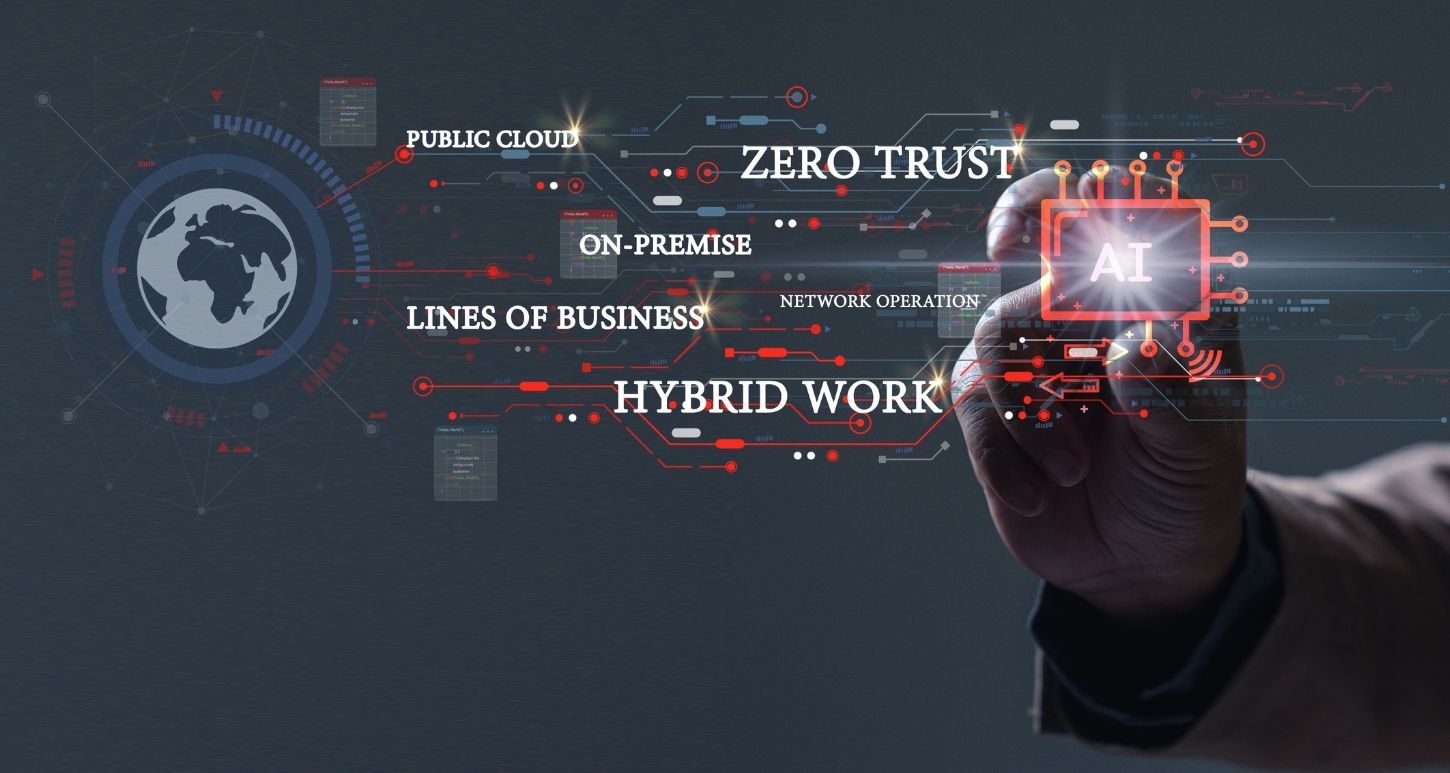NCAA basketball coaching legend Bobby Knight once said: “Good basketball always starts with a good defense.” Winning teams understand their opponents’ strengths and weaknesses, as well as their own. They study their opponents’ plays and anticipate their next moves. The same concept is true for cybersecurity, which is why, at GDT, we’re obsessed with helping our customers improve their security posture. As March Madness heats up, I thought I’d delve into the “Elite Eight” cybersecurity threats of 2024 that every security program should prepare for—and insights to help you lower risk and safeguard against these threats.
“Elite Eight” Cybersecurity Threats of 2024
According to IBM, the average cost of a cybersecurity breach in 2023 was $4.45 million, and 45% of breaches occurred in the cloud. Below are the top cybersecurity threats of 2024 that organizations must guard against.
1. Malware and ransomware: Sophisticated malware and ransomware cyberattacks continue to escalate, with tactics like fileless malware proving particularly challenging to detect. Cybercriminals use command and control (C2) communication attacks to take over compromised computers to steal data or carry out distributed denial of services (DDoS) attacks.
2. Phishing attacks: Unsurprisingly, many malware and ransomware attacks are carried out via emails and other means that deceive users into revealing sensitive information or downloading malicious content.
3. Stolen credentials: Stolen credentials are big business on the Dark Web, where cybercriminals buy and sell credentials and personal information for illicit activities that range from malware to ransomware-as-a-service to financial fraud.
4. Application program interface (API) attacks: Bad actors misuse poorly coded API endpoints or business logic vulnerabilities to manipulate API behaviors. API attacks can be used for data breaches, fraudulent transactions, DDoS attacks, or privilege manipulation.
5. Advanced persistent threats (APTs): These covert cyberattacks often target enterprises and government networks. Using sophisticated hacking methods, intruders gain unauthorized access to a network for long periods without being detected.
6. Vulnerability exploits: By exploiting unaddressed security flaws, misconfigurations, and poor cyber hygiene, cybercriminals can remotely access a network and gain elevated privileges, wreaking havoc on your infrastructure through data loss, identity theft, and more.
7. Insider threats: One of your top cybersecurity threats comes from within. Authorized users with access to your data and resources can inflict substantial harm—intentionally or not.
8. Data breaches and leaks: Eighty-three percent of organizations have experienced at least one data breach.i Whether data is leaked from the inside due to human error or malicious insiders or accessed or stolen from the outside by bad actors, the repercussions can be devastating—both financially and reputationally.
Know Your Capabilities and Exposures
To protect against cyber threats, it’s essential to have a thorough understanding of your program’s current strengths, capabilities, gaps, and exposures. Some of the most important questions you might ask include:
- What are your organization’s needs and priorities, and how well does your security program address them?
- What is your organization’s risk tolerance?
- What security incidents have occurred, and have vulnerabilities been addressed?
- What are your threat vectors?
- What sensitive data do you need to protect?
- Does your organization have the skills and resources to detect, respond to, and mitigate security incidents effectively?
- What policies and best practices do you use, and how well are they working?
- What cybersecurity tools do you have in place, and how well are they working for you?
- What level of visibility and alerting do you have regarding cyberattacks, data breaches, and other incidents?
- What are your publicly facing exposures, and how well are they addressed?
Taking time to evaluate your security program and identify gaps and exposures is critical in warding off cyberattacks and data breaches. Many organizations work with an external partner with deep security expertise to help them with this process and can even create a roadmap for maturing their security program.
Lower Risk with an AI-Powered Breach Protection Solution
I’m a big fan of artificial intelligence for breach protection. Artificial intelligence and machine learning enable breach protection solutions to streamline and automate threat detection, containment, and recovery.
Leveraging artificial intelligence as part of breach protection takes organizations from a reactive state to a proactive state. AI can prioritize alerts and incidents by impact and provide response steps. It can use data to seek out emerging threats. When security incidents do happen, an AI-based solution can help you contain and eradicate threats much more quickly and accelerate time to recovery.
I recommend looking for a breach protection solution that hits these key points:
- Streamlined 24×7 security operations, including threat detection and mitigation.
- Comprehensive threat visibility and early detection across email, endpoint, network, and cloud vectors.
- Incident response with automated workflows, enriched context, and comprehensive attack visibility.
- Actionable threat intelligence, correlating telemetry across multiple sources.
- Deep contextual insights to reveal attack scope and power accurate response.
- Comprehensive planning, implementation, customization, and integration.
Defending your organization against cybersecurity threats in 2024 comes down to understanding your capabilities and limitations and incorporating a comprehensive breach protection solution that, ultimately, helps you minimize vulnerabilities and respond quickly to threats.
[i] IBM, “Cost of a Data Breach Report 2023,” https://www.ibm.com/reports/data-breach




